Intermedia Agenda Setting Between the New York Times and Twitter
This dissertation examined the intermedia agenda setting relationship between the online publication of the New York Times (i.e., NYTimes.com) and Twitter. This relationship was examined within the context of the changing media environment. The news media industry is facing down questions about its ability to turn a profit and maintain significant audience share. Simultaneously, social media services such as Twitter are growing exponentially. To this end, this dissertation explored the relative influence of each media on the other in an age where some scholars are questioning the agenda setting role of traditional news media. The dissertation assesses the argument that social media, specifically Twitter, has a direct influence on the news media agenda. This dissertation tested several hypotheses which hold that there is bi-directional intermedia agenda setting between the New York Times and Twitter both over the course of a single day and between days. Two content analyses were conducted. Data were collected twice per day over the course of one week. One content analysis examined the content of the online publication of the New York Times. The second content analysis examined posts made to Twitter. Cross-lagged panels with the Rozelle-Campbell Baseline were used to assess the nature of the hypothesized relationship. Results of the cross-correlation showed a lack of intermedia agenda setting between the New York Times online publication and Twitter for both the within-day and between-day panels. Further, results showed a lack of intermedia agenda setting for specific issues examined: the economy, the military, national security, and terrorism. Results overall suggested that the nature of the relationship between the two media under study is one of subtle influence. These results raise additional issues about the agenda setting role of traditional news media extending this argument to the social media environment. Results also demonstrate that the news media agenda and social media agenda are often similar, questioning notions of audience fragmentation as a casualty of the news media's agenda setting ability. Results were discussed in terms of their implications for the field of agenda setting research, as well as limitations and directions for future research.
This dissertation examined the intermedia agenda setting relationship between the online publication of the New York Times (i.e.










